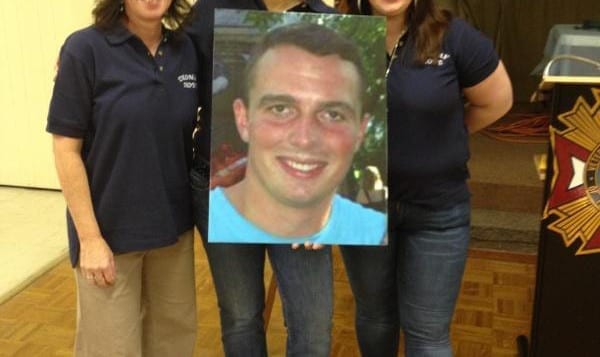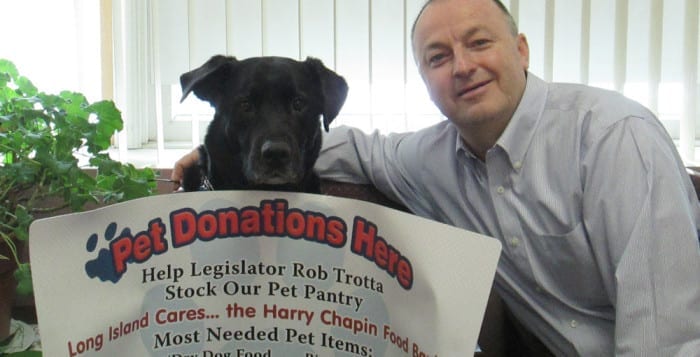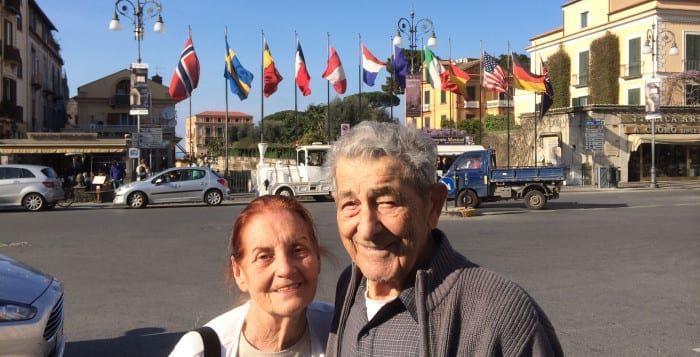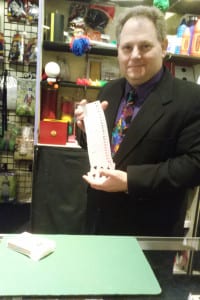By Jenni Culkin
A forum will be held at William T. Rogers Middle School, 97 Old Dock Road, Kings Park, on Wednesday, March 4, at 7 p.m., with the hope of keeping the next generation of Kings Park residents safe and informed, event organizers said.
The event is going to be geared toward middle school students and their parents, making a point to intervene while the middle school students of Kings Park are still young and impressionable.
“The best way to stop addiction is through prevention,” says Kimberly Revere, president of Kings Park In The kNOw.
Attendees can expect Kym Laube, the executive director for Human Understanding & Growth Services, to speak to the parents about understanding trends in addiction and other decisions that have potentially destructive outcomes. She will also be discussing the role that parents play in their teenagers’ attitudes and provide them with the tools and information that they need to navigate the challenges of their children’s teen years.
“Parents are still the number one influence on their teenagers,” Laube said.
There’s also going to be a speaker for the adolescent attendees. Linda Ventura, a mother who lost her son to an overdose. She will be sharing the journey that she and her family went through.
Suffolk County Legislator Robert Trotta (R-Fort Salonga) will also be speaking. All of the attendees will listen to a brief overview of laws like the Social Host Law and the 911 Good Samaritan Law that affect those who are involved with, or know somebody who is involved with, drugs and alcohol. Trotta is a retired Suffolk County police detective who was assigned to the FBI’s Violent Crime Task Force for over 10 years.
In The kNOw’s goal is for each of the communities in the state to take care of itself in order to take care of the overall problem.
Even those who have no substance abuse are still affected, and they are advised to attend to learn about what the community can do to prevent any possible damage.
“We are facing an opiate epidemic in this country,” Revere said. “Something has to be done.”













